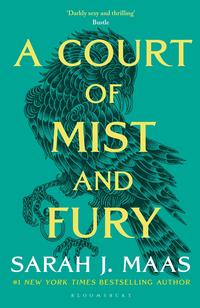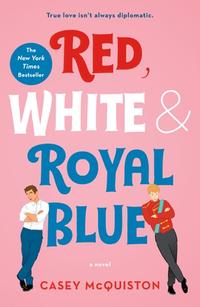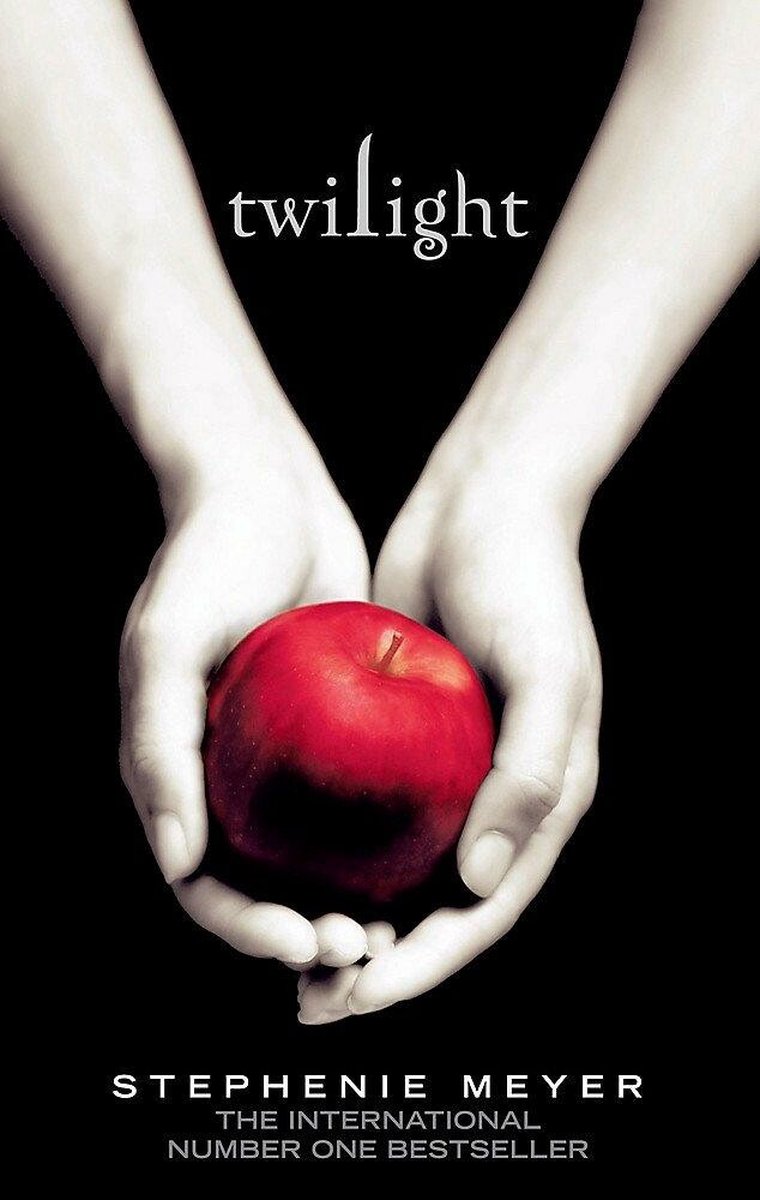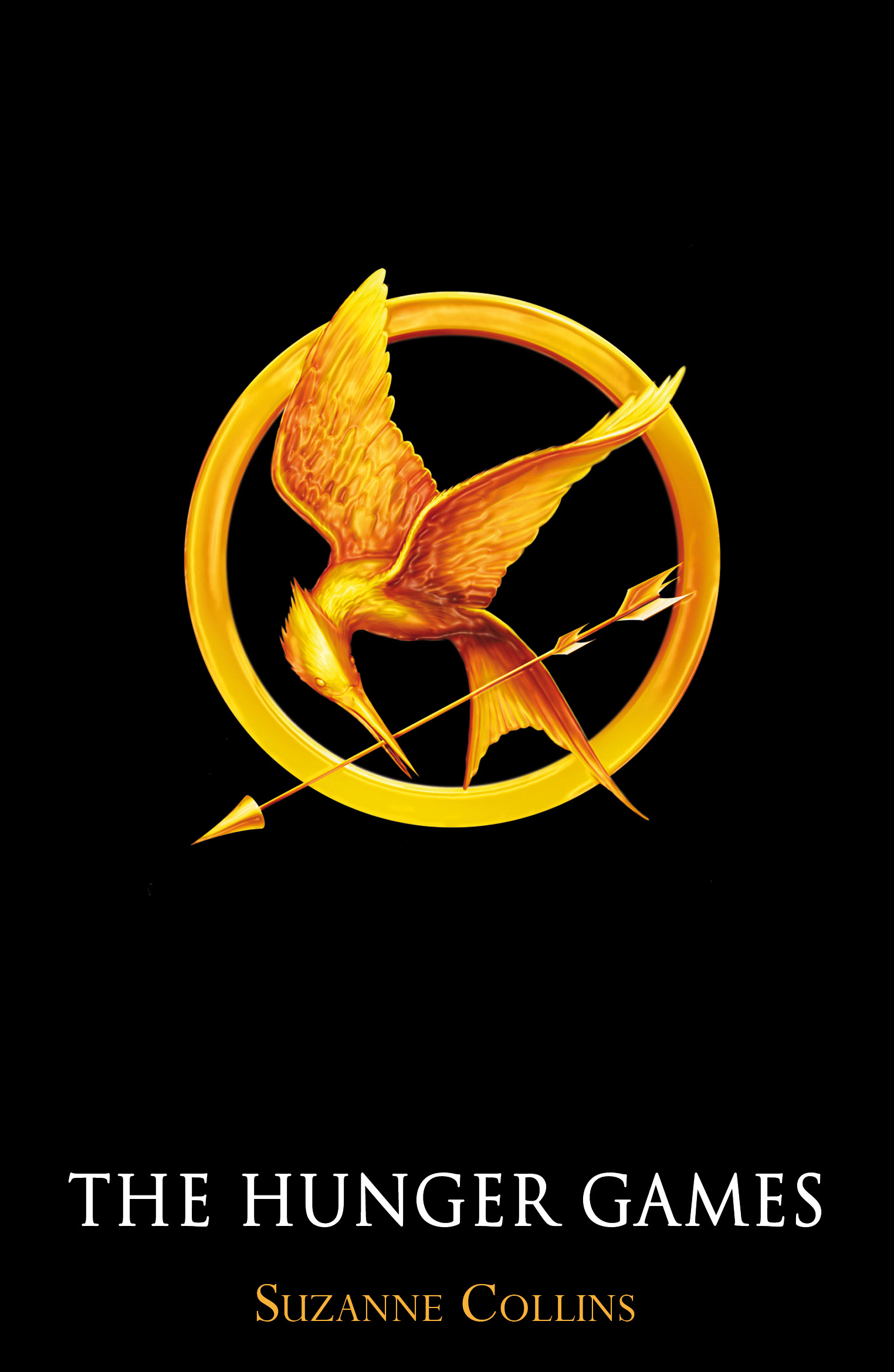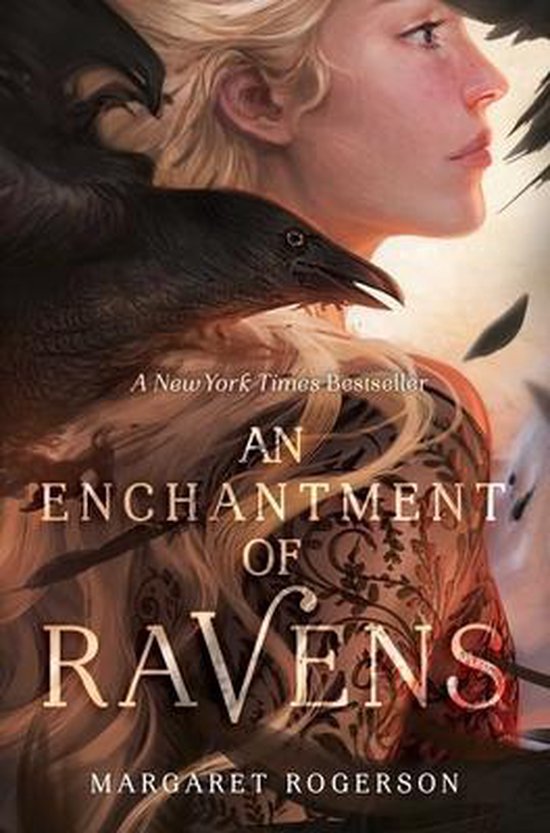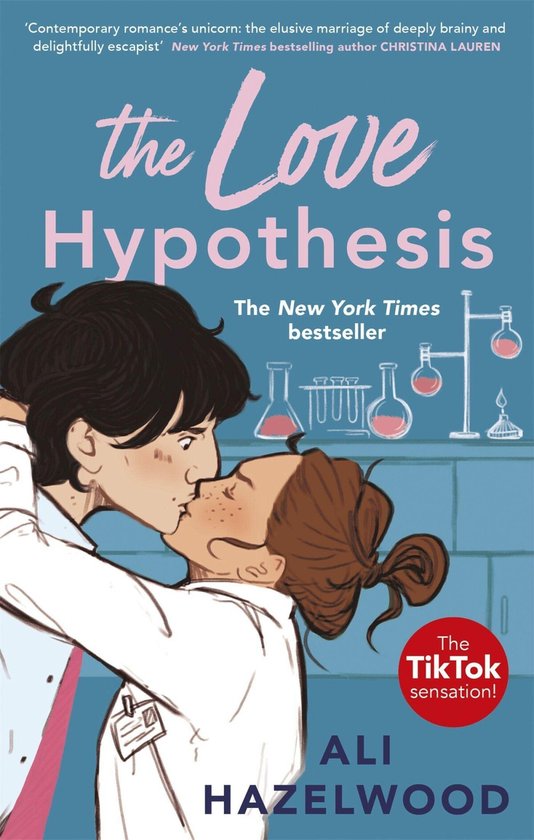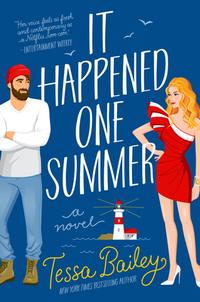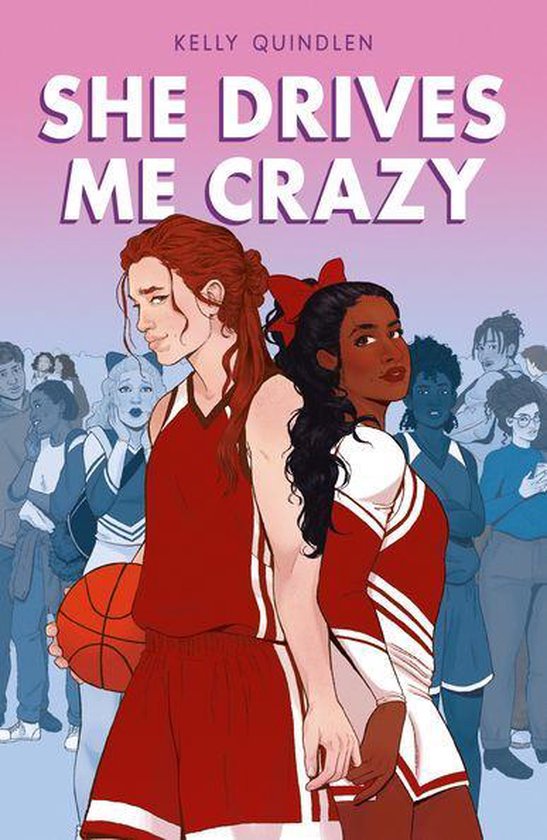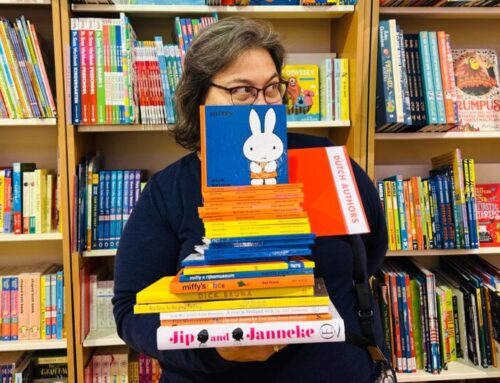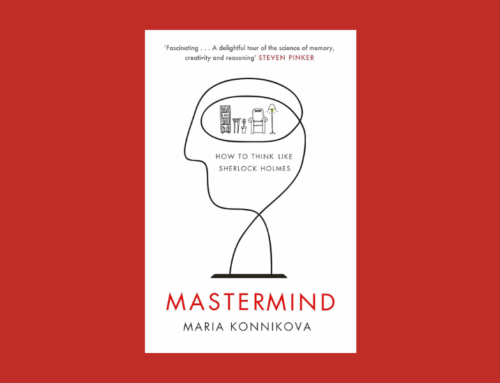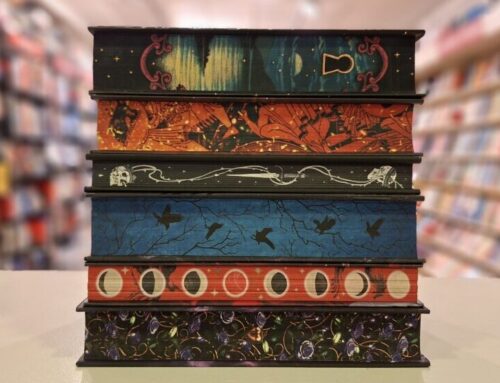written by Maria
Some people love tropes. Others despise them. Unfortunately, many are poorly done. But when a trope is done well, it can take a book from just okay to a bestseller. Here are my (very subjective) picks of the best and the worst romance tropes.
Enemies to lovers
The enemies to lovers trope features two individuals who start out as enemies but fall in love over the course of the story.
Honestly, this is one of my favorite tropes. This trope is everywhere—in books, movies, TV series and theaters. But a book gives it more time to shine, simply because it takes its time with the couple as their love unfolds. I have read quite a few books with this trope, and not all of them are good. But when done well, this cliché turns a boring romance into a page-turner. Because even when the characters are enemies, if the chemistry is there, I can’t wait to see how the romance develops.
Examples of this trope done well are A Court of Mist and Fury by Sarah J. Maas and Red, White & Royal Blue by Casey McQuiston.
Love Triangle
A love triangle (also called a romance triangle or an eternal triangle) is usually a romantic relationship involving three people.
If we are going to talk about tropes done badly, this one can be so aggravating. I never enjoy this cliché because it usually stretches the romance out unnecessarily and keeps the characters from developing. That’s something that can make a book uninteresting or unlikable. It can be so frustrating, and sometimes, I can just scream at the characters to simply get on with it! Still, if the love triangle works for you, it can provide great angst and drama, making a boring story exciting.
The most famous books with love triangles are Twilight by Stephanie Meyer and The Hunger Games by Suzanne Collins.
Forbidden Love
Forbidden love applies whenever an obstacle, such as parents, social norms or religion, tries to prevent two individuals from being together. This can result in a secret relationship.
This trope is a classic, combining drama and angst with desperation and passion. The love interests are separated by fate or destiny, desperately trying to get together and fighting the stacking odds against them. It has existed for an eternity (think Romeo and Juliet), but I have not read a lot of books featuring forbidden love. Maybe that’s because I enjoy it when the two love interests share many scenes, and with this trope, sometimes that just doesn’t happen.
For forbidden love tropes, check out: The Demon King by Cinda Williams Chima and An Enchantment of Ravens by Margaret Rogerson.
Grumpy meets sunshine
Two people with opposite personalities—one an upbeat person and the other grumpy and pessimistic—meet and learn to love each other.
This trope reminds me of the enemies to lovers cliché. While it has similarities, grumpy meets sunshine is cuter. The angry or bitter person often falls in love with the happy person and becomes softer and gentler because of it. Because of this premise, the romance takes its time, and you get to know the characters, which is great. This trope is one I really enjoy because the opposite personalities of the main characters work well together, and it ups the chemistry factor.
Two examples of this trope are The Love Hypothesis by Ali Hazelwood and It Happened One Summer by Tessa Bailey.
Fake dating
Two main characters pretend to date to fill some sort of need, whether it be to make an ex-partner jealous or to impress one of their families. Spoiler alert: while fake dating, the two typically end up falling in love.
The fake dating trope is one I have some trouble getting into, mainly because more often than not you get a liar-revealed point in the story that can really drag it down and take time away from the romance. That said, this plot usually does have great writing with frantic or exciting scenes and a lot of cuteness/slow developing romance between two great characters, making it enjoyable.
Great books with this trope are She Drives me Crazy by Kelly Quindlen and To All The Boys I’ve Loved Before by Jenny Han.
You can find all the above recommended books on our website by clicking on the titles or covers.

